The closing down posters might not be up yet, but the first subtle signs of the end have appeared at Aberdeen’s flagship Marks and Spencer.
Shoppers who favour the traditional city centre branch are now being notified about what’s on offer just a short distance away at Union Square.
The St Nicholas Street shop will shut in 2025, by which time a £15m revamp to double the size of the nearby unit should be completed.
Attempts to sell the old building off are already under way, with mounting speculation on what its future could hold.
When M&S announced the closure, management stressed that they would not simply abandon the shop.
They pledged to work to find a suitable alternative use for it.
Of course, this is nothing all that new for them.
Aberdeen is far from alone in seeing the closure of its original M&S – so what can we learn from what has happened elsewhere in the UK?
Let’s start by looking to Glasgow.
What has happened to Sauchiehall Street M&S closed shop?
In April 2022, Marks & Spencer confirmed the closure of its 90-year-old Sauchiehall Street store in Glasgow city centre.
Opening in 1935, it is almost a decade older than its octogenarian counterpart in Aberdeen.
And bosses claim their efforts to secure a new future for the site bode well for the Granite City…
M&S chiefs are now working in partnership with developers Fusion to create a £76 million, 18-storey block of flats there.
The art deco frontage would be retained, while the rest of the building is redeveloped.
They say that bringing an estimated 500 extra people to live on the struggling street will boost trade.
If this were to happen in Aberdeen, it would tie in with the council’s similar desire to get more people calling the Union Street area home.
A spokeswoman for the chain said: “We have been focused on making sure this site can find a complementary alternative use.
“We’re pleased that that redevelopment plans with Fusion are driven by strong design and sustainability credentials, and that they are closely in line with the vision for the local area.”
Those plans suffered a setback when they were rejected by Glasgow City Council in November.
However, a fresh application is due to be submitted within weeks.
And could artist takeover happen in Aberdeen too?
But that’s not all.
By last summer, the Sachiehall Street store was temporarily transformed into offices and studio space by dozens of artists.
This was arranged by the Outer Spaces charity, which has also staged exhibitions in empty Aberdeen units.
An abandoned M&S on Sauchiehall St has temporarily been turned into artist studios. A sign of things to come? pic.twitter.com/mIP9wpwxz8
— Neil Scott (@MrNeilScott) September 18, 2023
Or could old M&S become massive sports shop and gym?
Fitness fans may be hopeful that Aberdeen’s shop could go the way of Liverpool’s M&S flagship.
Much like Glasgow, this store was 90 years old when it was closed.
M&S pulled down the shutters on its Church Street branch in August, moving into an old Debenhams nearby.
It was a shift from a 350,000sq ft building to a 70,000sq ft space.
But it didn’t remain empty for too long.
Frasers Group, which owns House of Fraser, Jack Wills and many other brands, has now purchased the building.
It intends to open a huge Sports Direct store, with hopes for a new gym inside if given planning permission.
Or could Aberdeen M&S face long wait for new purpose?
But there are other sites that remain abandoned a year after their closure, like the 50-year-old M&S in East Kilbride or another in the centre of Manchester.
And a row continues to rage over the redevelopment of the Marble Arch store in London.
Michael Gove, no stranger to department stores given he used to stack shelves at Aberdeen’s BHS, blocked plans to turn the large building into a shop and office block.
The M&S legal team is now fighting his verdict in court.
Why is M&S offloading closed shops?
Simply put, M&S is selling its older buildings to fund the sort of revamp taking place at Union Square.
The chain’s chief executive Stuart Machin explained the “store rotation programme” on the company’s corporate website.
He said the policy “means closing some stores that are not thriving and cannot be brought back to life”.
The businessman added: “Part of the reason Marks and Spencer stagnated for so many years was due to a reticence to take action to close underperforming stores.
“Indeed, our historic failure to modernise our estate is why 40% of our stores pre-date the Second World War.
“However, the good news is that we own many of them, and so to fund the significant investment in our store estate, we are releasing the value that exists in them.”
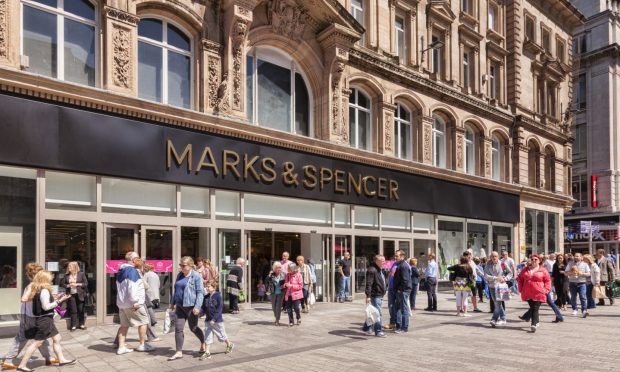
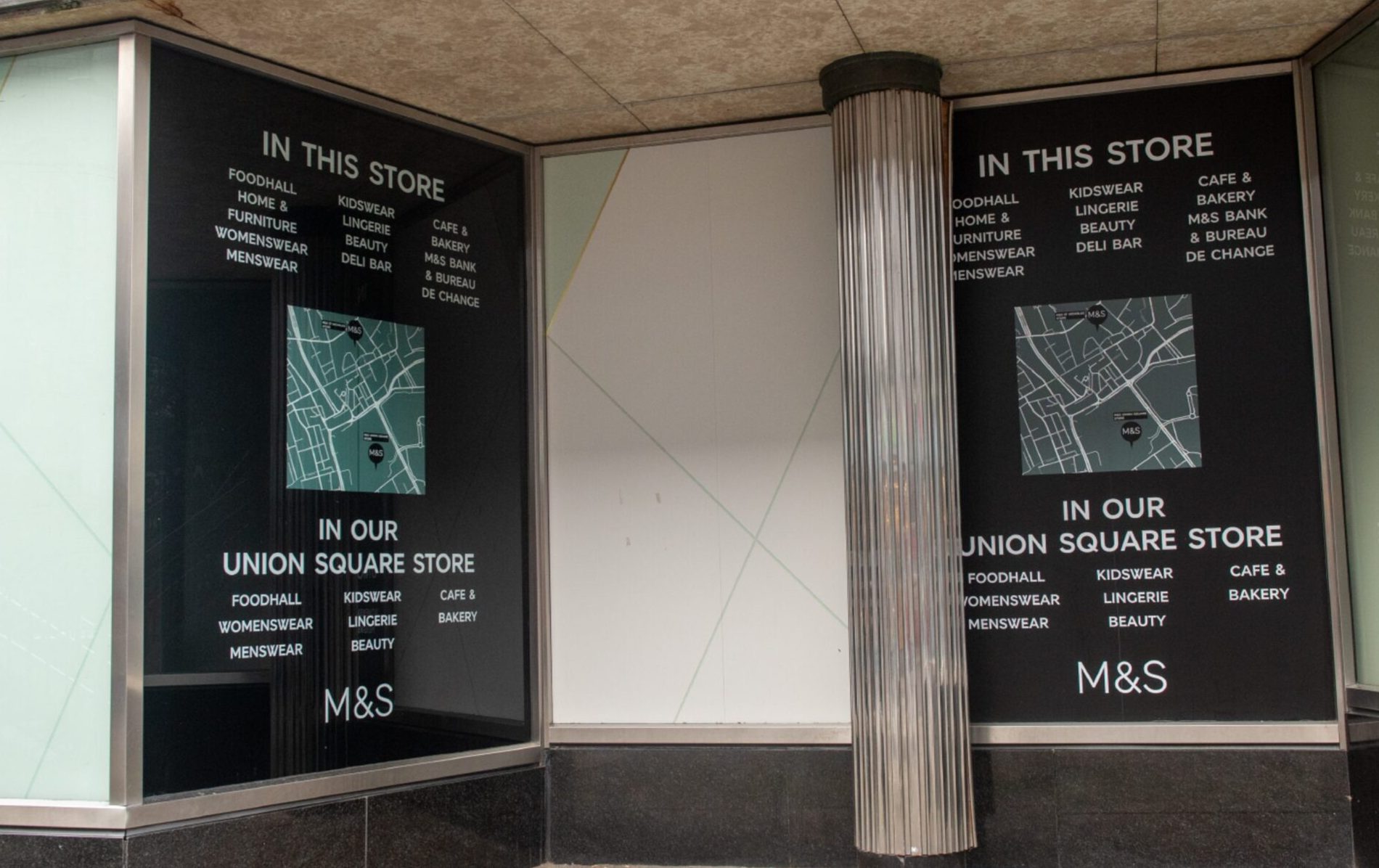
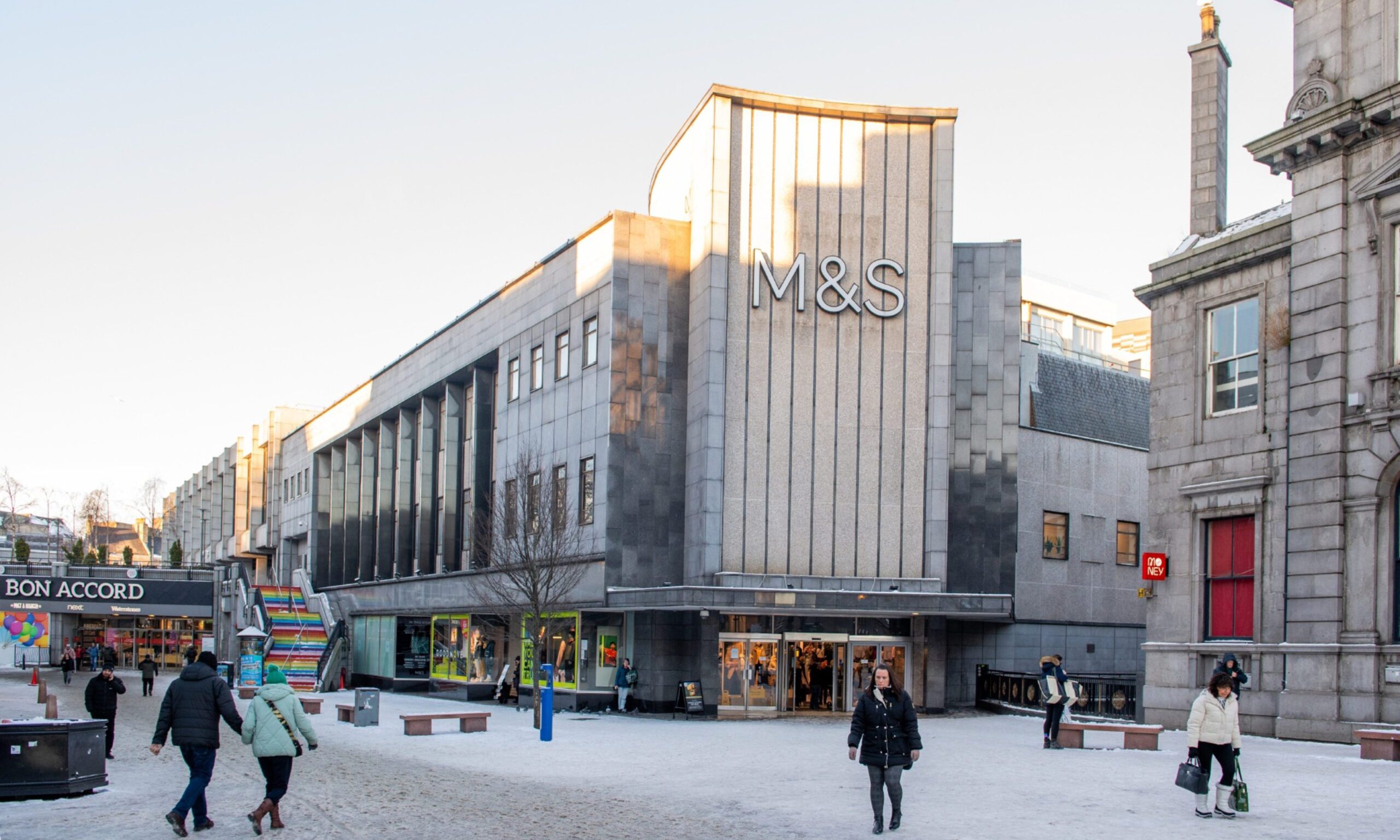
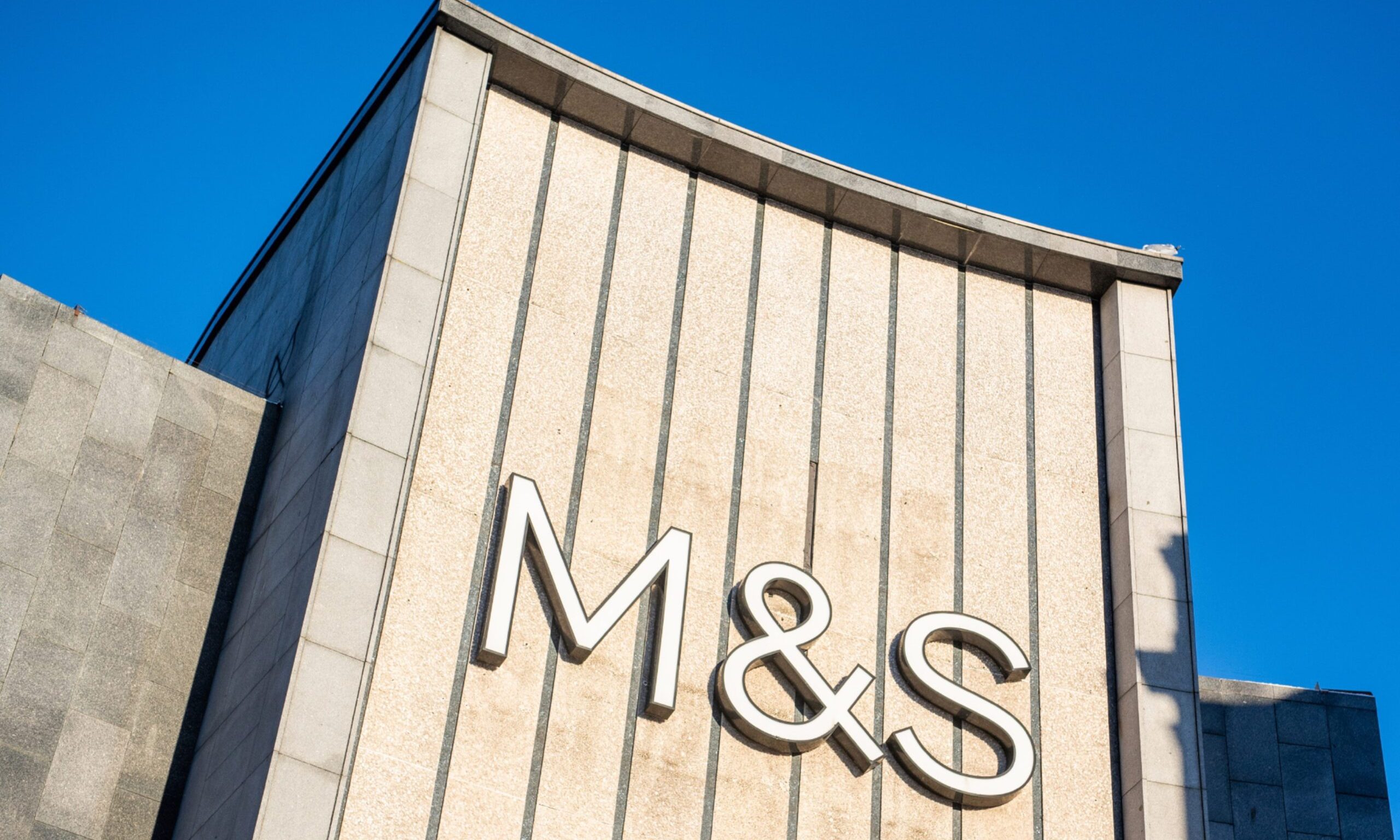

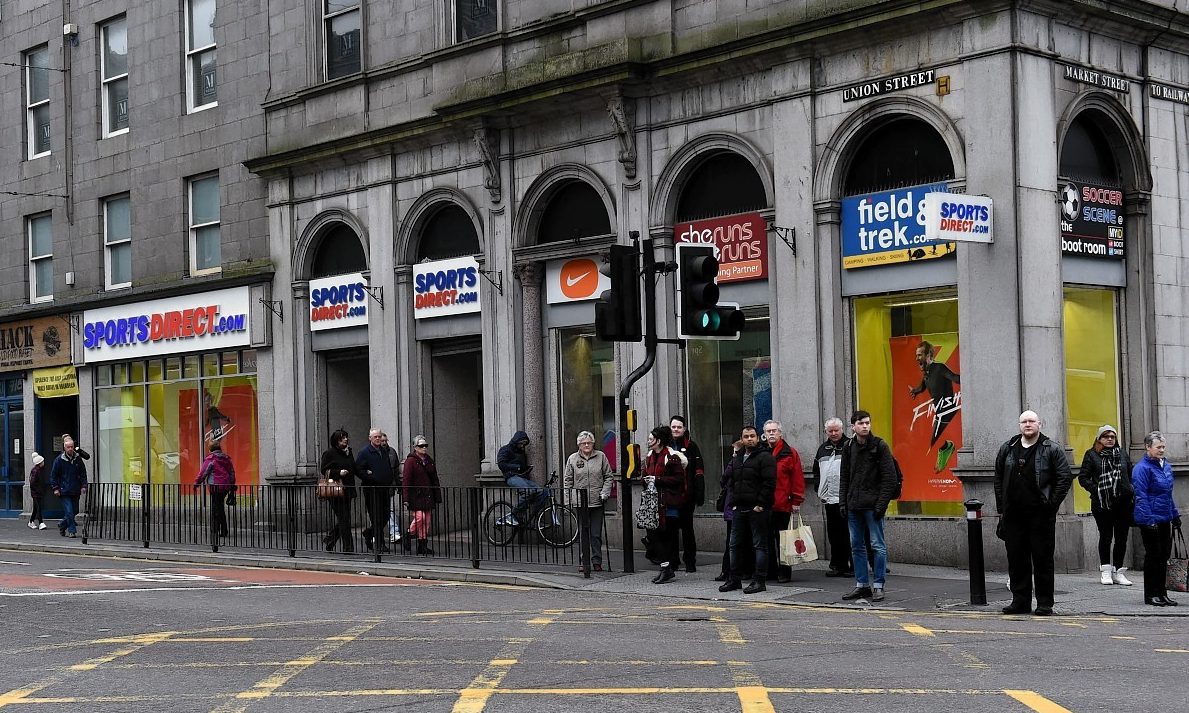
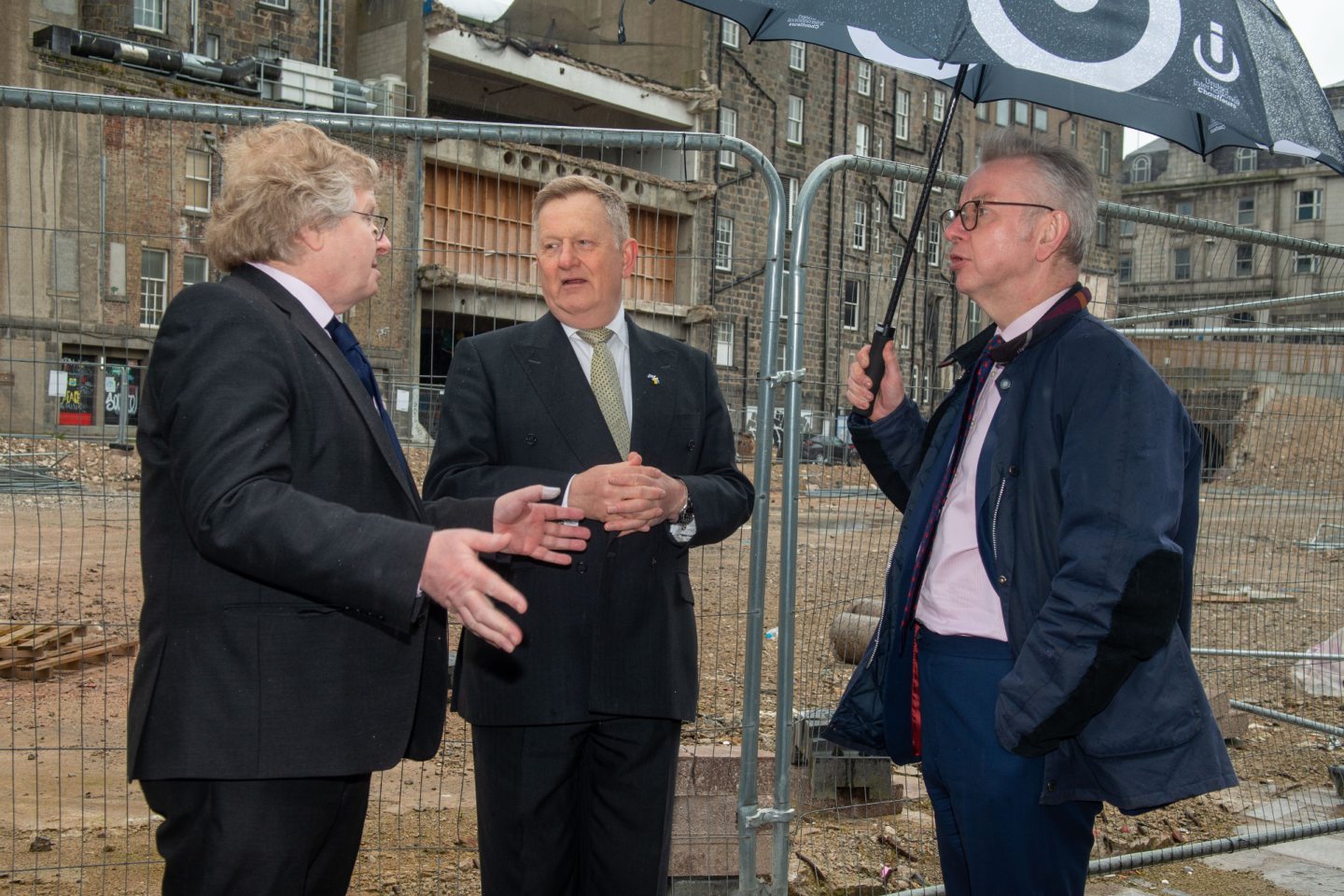

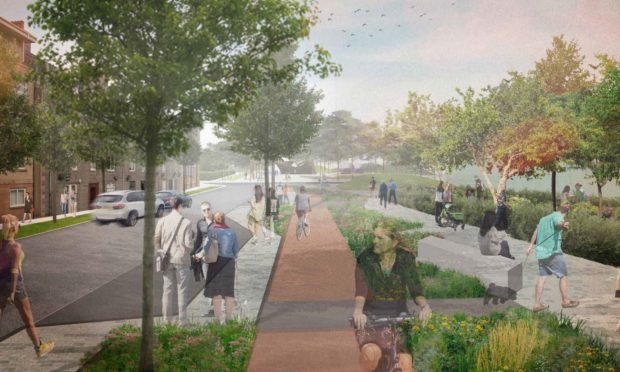
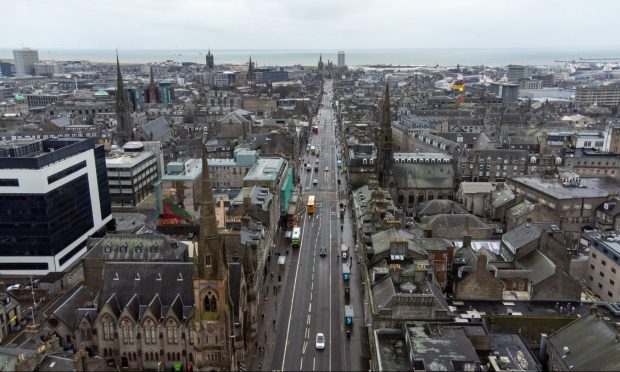
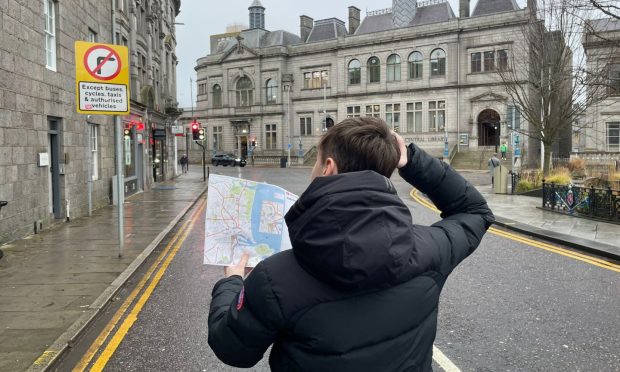
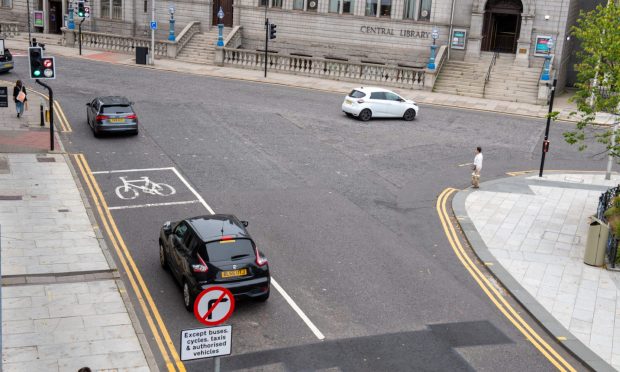
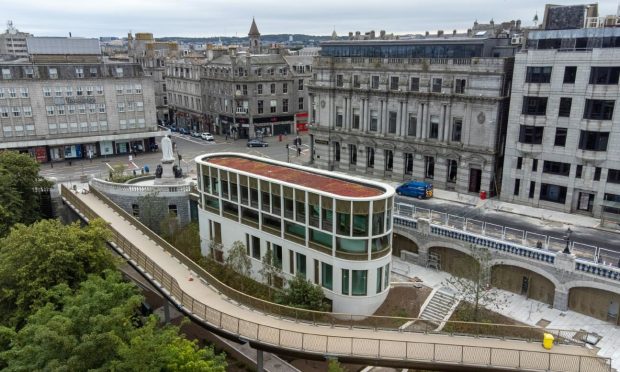
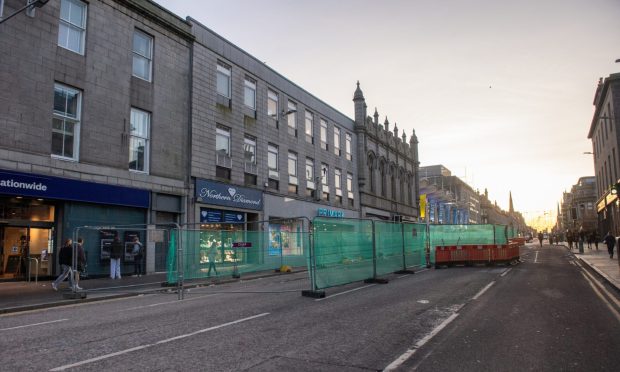
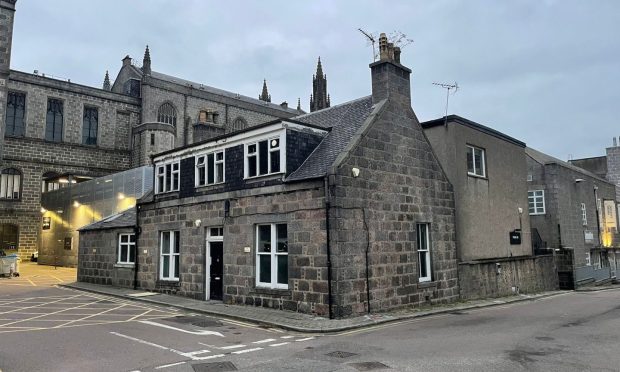
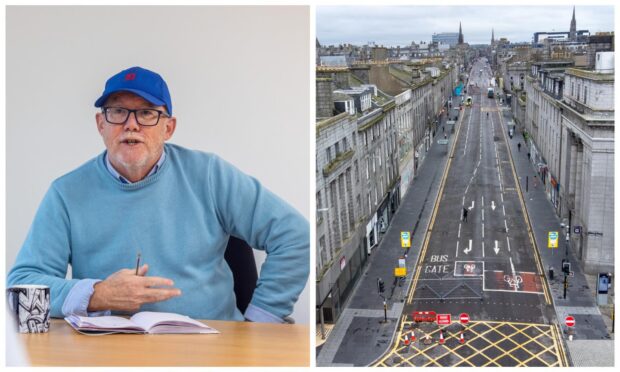

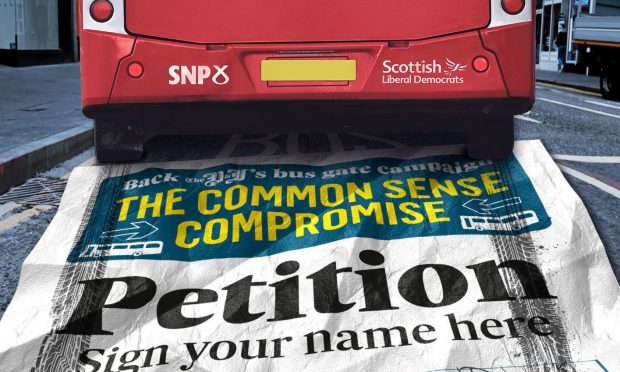
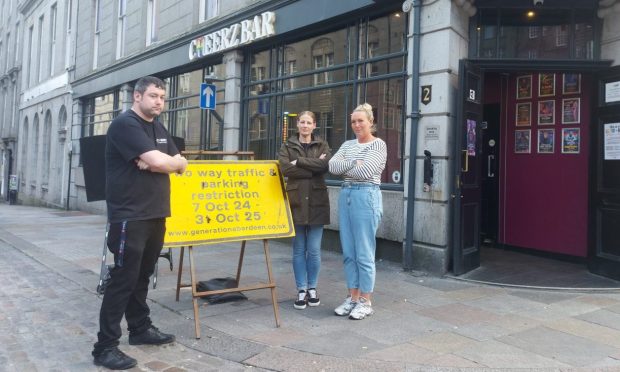
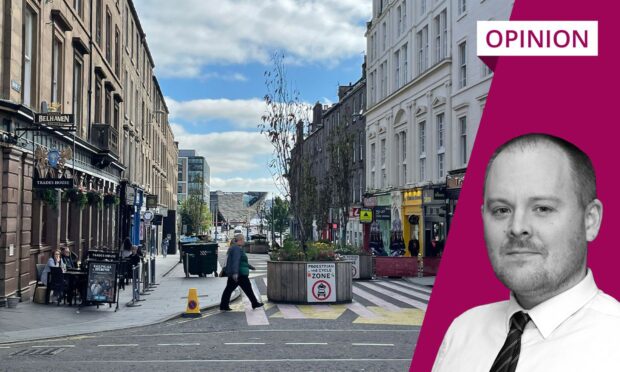
Conversation